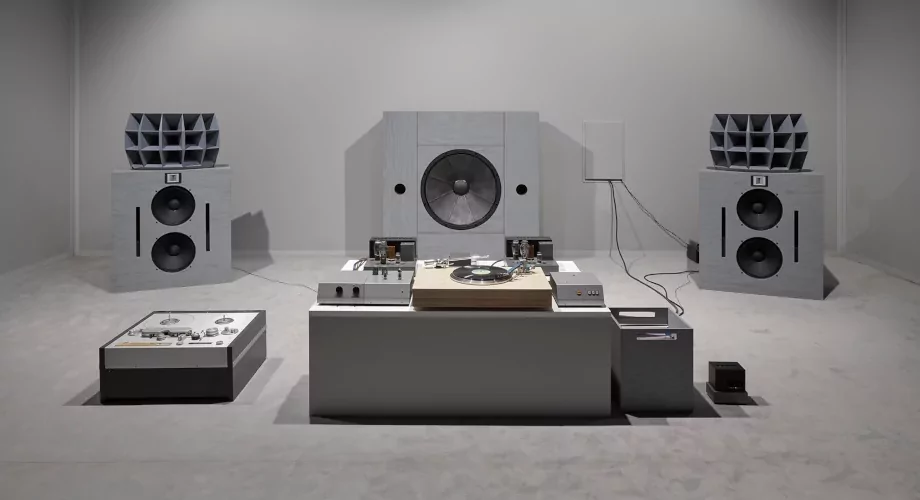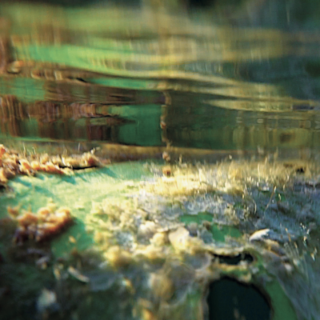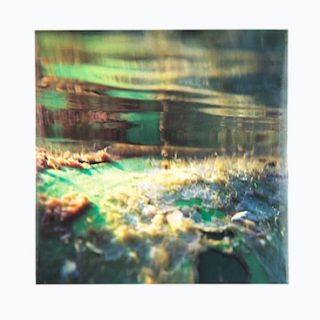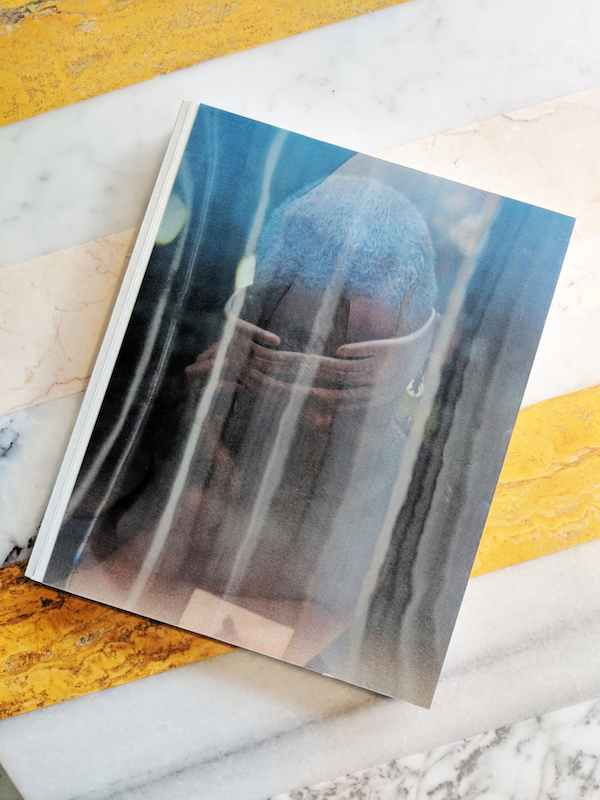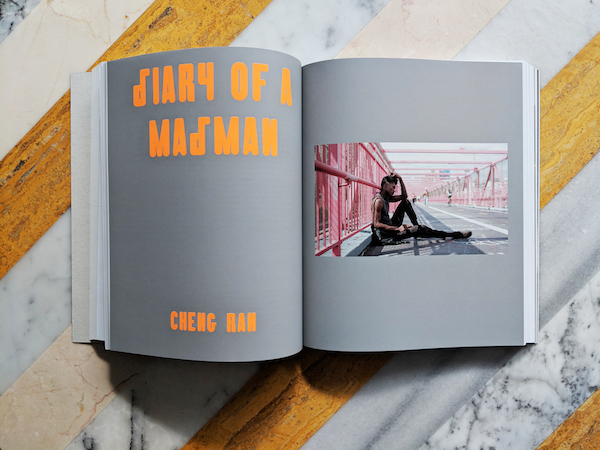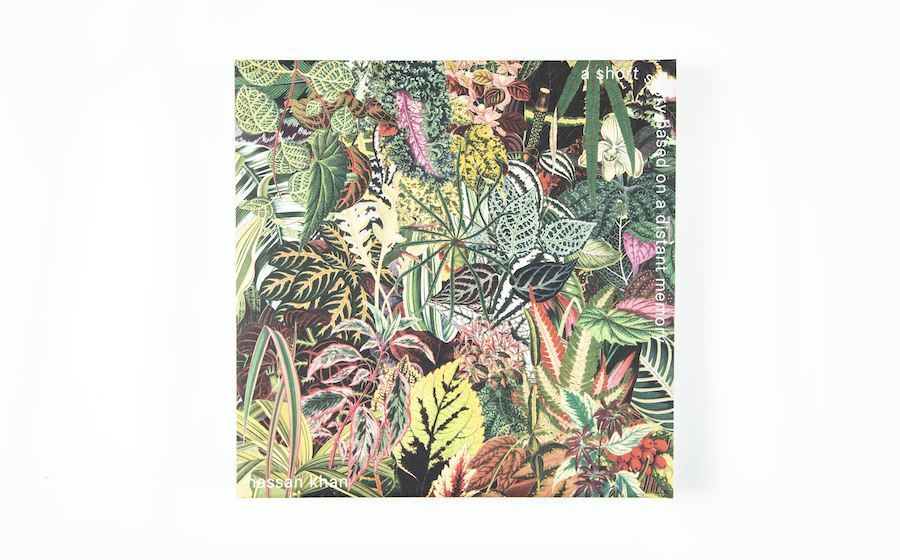Published on
October 2, 2018
Category
Exhibitions
New Museum’s Massimiliano Gioni discusses the influences behind the anticipated 21-artist show at The Store X, 180 The Strand.
“We tried to treat the space as a kind of continuous subjective view, like in those video games where you walk into a tunnel and space seems to develop as you advance,” writes Gioni. Led down corridors from piece to piece by half-heard snippets of sound, distorted flickers of light and the determination of a fever dream, visiting Strange Days: Memories of the Future is a dystopian experience.
From the percussive opening of Camille Henrot’s Grosse Fatigue, past Khalil Joseph’s homage to black Harlem Fly Paper, down into the brutalist basement to John Akomfrah’s Vertigo Sea, and The National’s 6-hour marathon performance of ‘Sorrow’ by Ragnar Kjartansson, Strange Days is a dizzying, radical exhibition of nostalgic futurism.
Curated by Massimiliano Gioni, alongside The Store X The Vinyl Factory, and the natural successor to 2016’s The Infinite Mix, Strange Days will run until 9th December. The following extract is taken from Gioni’s interview with Francesca Altamura, which is published in the exhibition catalogue available at The Store X or via email at [email protected].
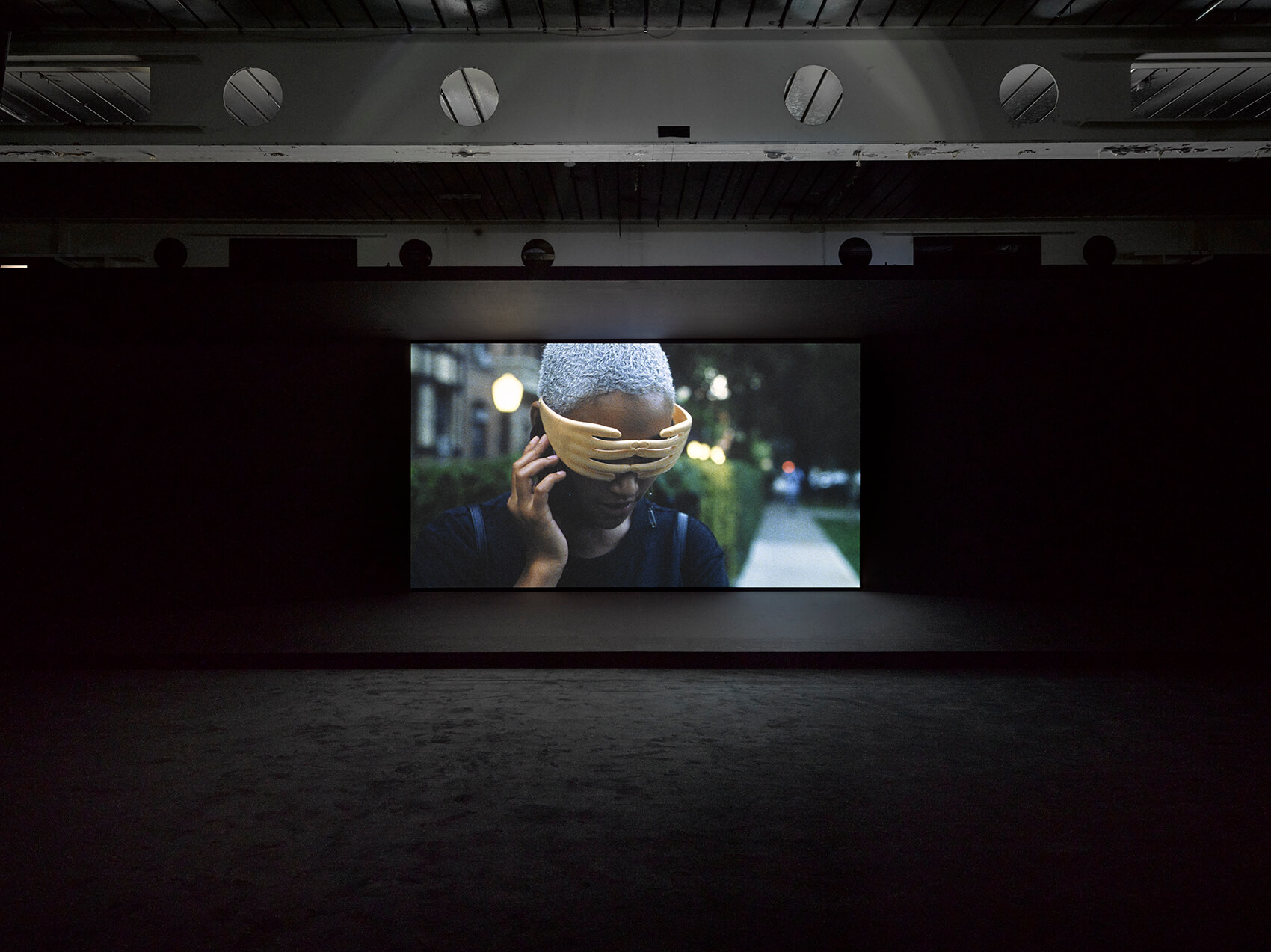
Kahlil Joseph, ‘Fly Paper,’ 2017. Installation view, The Store X, 180 The Strand, 2018.
Francesca Altamura: How did the collaboration with The Store X and The Vinyl Factory begin?
Massimiliano Gioni: We first collaborated on the coproduction of Kahlil Joseph’s piece Fly Paper, which we showed at the New Museum in 2017. Joseph was also one of the artists featured in The Infinite Mix, the great exhibition of video and sound works curated by Ralph Rugoff and the Hayward Gallery in collaboration with The Vinyl Factory at The Store X in 2016. It seemed like a natural evolution to present Joseph’s new film in London, and in a sense Strange Days: Memories of the Future developed around that piece, looking at artists and works that explored similar atmospheres. I think The Store X also liked the idea of a new collaboration with a museum, particularly one that typically doesn’t have a presence in London.
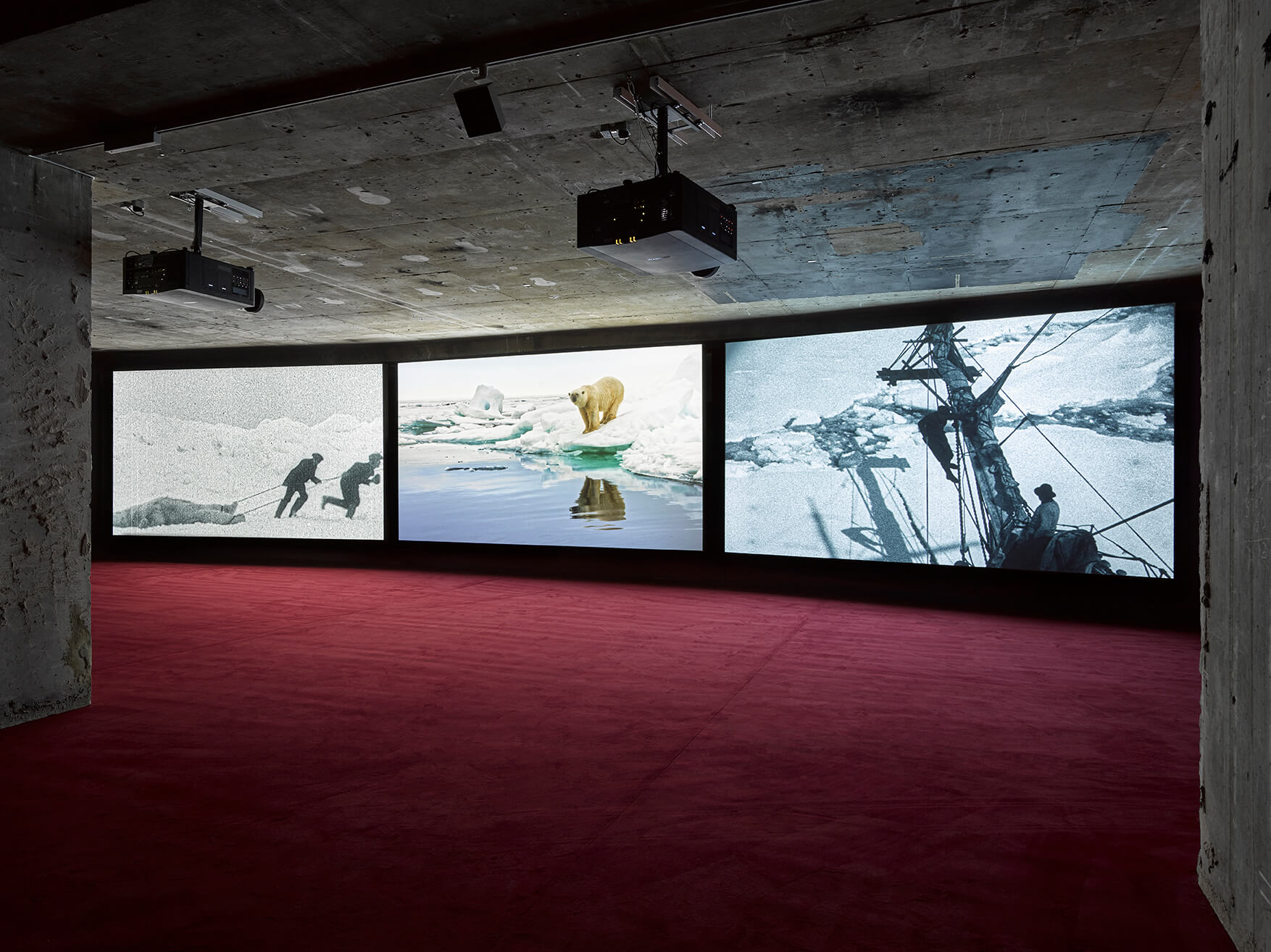
John Akomfrah, ‘Vertigo Sea,’ 2015. Installation view, The Store X, 180 The Strand, 2018.
FA: How did you go about selecting the twenty-one artists featured in Strange Days?
MG: The exhibition is an anthology of video artists we have shown at the New Museum in the last ten years, since we have moved into our building on the Bowery in December 2007. But it doubles as a concise history of recent works that have redefined and transformed the ways in which artists imagine video and cinema today. I should also say there are many other artists working in film and video whom we have shown in the past ten years at the museum and who are not included in the exhibition, such as Phil Collins, Tacita Dean, Nathalie Djurberg, Sharon Hayes, Mathias Poledna, Erik Van Lieshout, Apichatpong Weerasethakul, Artur Żmijewski, and many others. It would have been simply impossible to include all of them, so this is a very personal take, and one in which the venue itself played a strong role in suggesting some of the inclusions and the dialogues between the works.
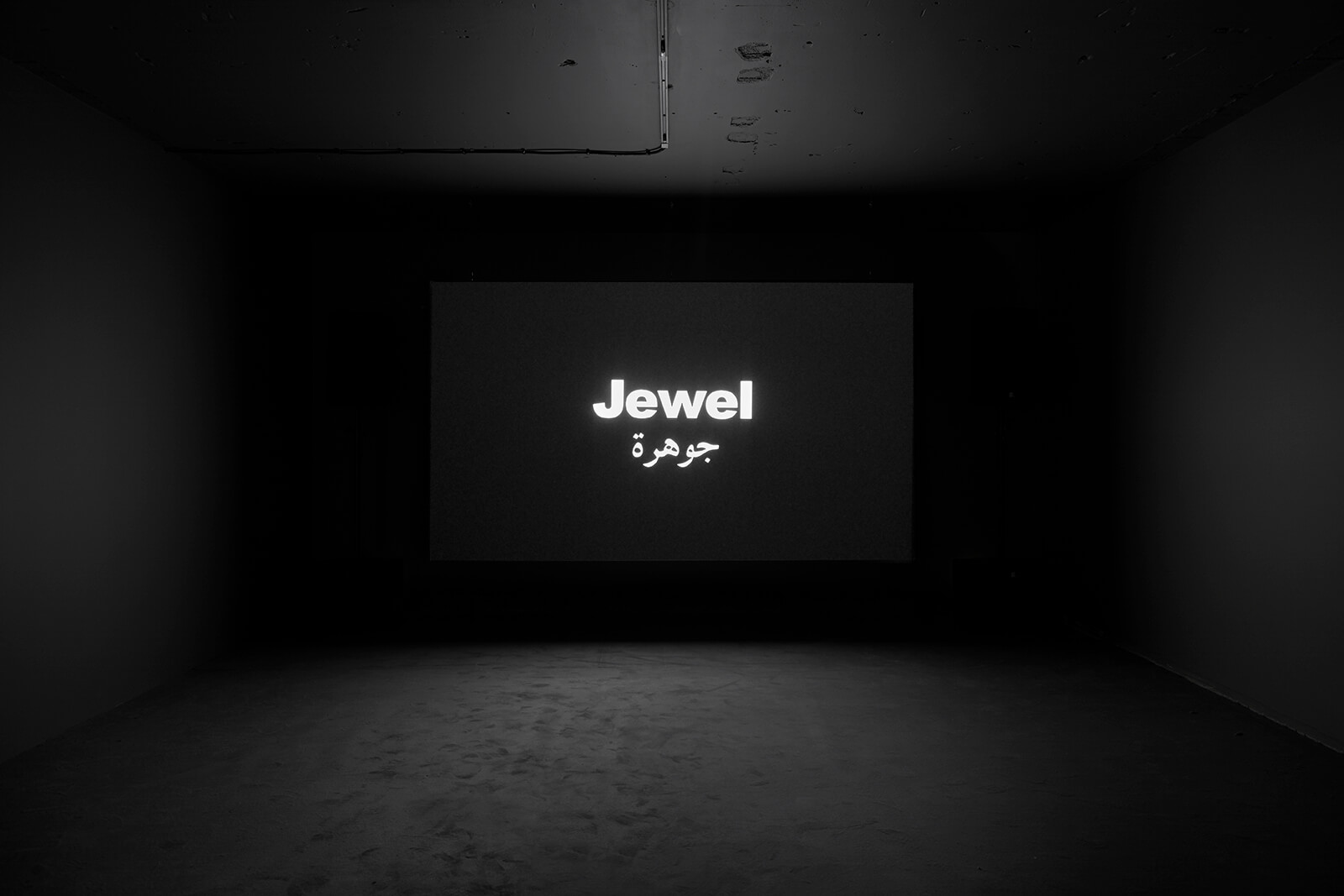
Hassan Khan, ‘Jewel’, 2010. Installation view, The Store X, 180 The Strand, 2018.
FA: Did the architecture of The Store X influence the show?
MG: The Store X always made me think of one of David Cronenberg’s first films, Stereo (1969), which is set in a Brutalist building in Toronto and imagines a future in which the Canadian Academy for Erotic Inquiry performs brain surgery on a group of volunteers whose power of speech is removed to enhance their telepathic abilities. It is a science fiction movie in which there is no sense of time because all the action is set inside, and the architecture turns into a mirror image of the minds of the patients and of the bizarre theories of the doctor. The movie, just like the architecture of The Store X itself, is a kind of Piranesian fantasy, in which Roman ruins have been substituted by industrial archaeology and 1960s architecture. For this show we are using the ground floor of the building and two subterranean levels that seemed particularly appropriate to the crepuscular atmo-spheres of some of the works in the exhibition. We tried to treat the space as a kind of continuous subjective view, like in those video games where you walk into a tunnel and space seems to develop as you advance: the spaces feel somewhat basic, but they are clean and simple like a digital rendering. You can only walk forward as though the spaces keep growing and repeating themselves.
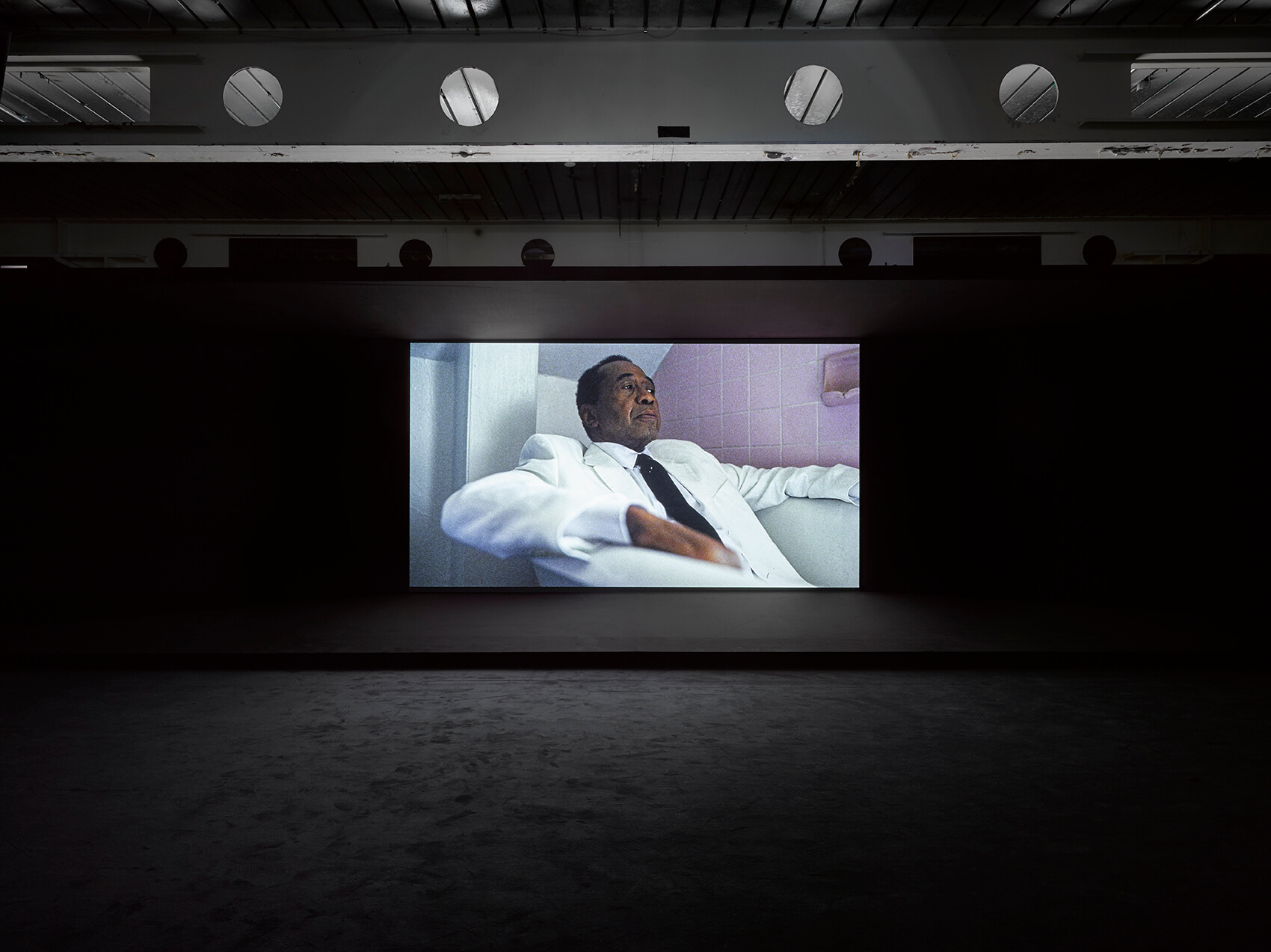
Kahlil Joseph, ‘Fly Paper,’ 2017. Installation view, The Store X, 180 The Strand, 2018.
FA: The title of the exhibition is also quite futuristic, referencing Kathryn Bigelow and James Cameron’s science fiction movie Strange Days from 1995.
MG: The movie is about a not-so-distant future, actually at the turn of the millennium, in which people traffic in images filmed in subjective view, and get high on other people’s experiences. It is sadly so prescient that it doesn’t even appear visionary any longer: if anything, it actually feels a little dated, because it got everything right … That’s why I thought of adding the subtitle, “Memories of the Future,” which is borrowed from the short story by Sigizmund Krzhizhanovsky, a Russian writer whose work I really like. His magical realist stories, with their oneiric atmospheres and the haunting presence of memories, seemed to resonate with many of the works in the show.
FA: What would you say the exhibition is about?
MG: Many works in the exhibition are preoccupied with how to capture memories and how to create visions of the future. More broadly, among the many threads that are woven in the show, there is an interest in the question of truth in representation. Put this way, it sounds perhaps too ambitious. But what I mean is that many of the works on view seem to make direct reference to the language of the film essay and of cinema verité, and to the traditions of reportage and documentary, which many contemporary artists are transforming and making more subjective and personal.
Strange Days: Memories of the Future runs from 2nd October – 9th December at The Store X, 180 The Strand, London, WC2R 1EA. It is open Tuesday to Saturday, 12pm – 7pm, Sunday 12pm – 6pm and is free to visit.
Main image: John Akomfrah, ‘Vertigo Sea,’ 2015. Installation view, The Store X, 180 The Strand, 2018.
All photography: Jack Hems, courtesy of The Store X

